
Reaching a motivated audience to play on PC
Summoners War: Chronicles is a mobile MMORPG from South Korean game developer Com2uS, released globally in March 2023. To date, Summoners War has earned over $2.7 billion with more than 180 million downloads worldwide. Set in a fantasy world where players must collect and train various monsters to battle against other players, Summoners War is one of the most popular mobile games in the world.
Nearly a decade later, the game continues to grow its large and active community of players, in part because Com2uS continues to release new content and updates to keep the game fresh and exciting. As part of Com2uS’s effort to offer their players the best way to enjoy the games wherever they want to play, they decided to expand their game to PC. They chose to expand to Google Play Games on PC to reach new users and offer the high-end immersive gaming experience to an already motivated audience ready to play mobile games on PC.
 |
| Seamless sync across signed-in devices for Summoners War: Chronicles
Subject to game availability and PC compatibility |
Optimizing for PC with the same Android build
Google Play Games on PC offered a quick and smooth integration process from mobile to PC using the same Android build. With many developer tools at hand, only few optimization steps were required to create a differentiated PC gaming experience. You can watch our Google Play Games on PC playlist to see more details on the integration process.
The Com2uS team added input support which is an essential feature to enable players to enjoy the game on large screens including tablets and foldables. Summoners War: Chronicles currently supports keyboard, mouse, and game controller, which has been one of the top requests from users. Also, it was important to optimize the user experience with cross-platform ability in mind. For example, the game's interface needed to be easily navigable and intuitive for players on all platforms, and the UI had to be adjusted for different size screens and allow clear explanation of the game controls.
To optimize the graphics settings for each platform, Com2uS chose Vulkan as their primary graphics API for its high performance and multi-platform ability. Even on high-end mobile devices, some players preferred flexible quality settings to avoid overheating and to preserve battery life. Vulkan allowed Com2uS to provide the best possible graphics quality for their key user demographic on both PC and mobile devices.
Using the Google Play Games on PC Emulator, Com2uS could test and debug the build in various player configurations, identical to the user environment. The emulator supports streamlined testing across multiple aspect ratios, directly accessible from the Play store and enables ADB access for developing and debugging. Having developed the game with Unity, they were able to automatically detect the emulator and directly deploy the game. Google Play Games on PC Emulator is coming soon for all developers, with support for the most popular game engines including Unity, Unreal, Cocos and more.
Providing the best user experience with simultaneous release
In November 2022, Com2uS simultaneously released Summoners War: Chronicles on both PC and mobile. Players can now enjoy the game on mobile or PC via Google Play Games. The release of the game on PC offers players a new level of gaming experience, allowing them to enjoy Summoners War on a larger screen and with more advanced hardware.
With Play Games Services, players can sync their progress automatically whenever they launch the game on a new device and can continue to collect rewards and Play Points no matter where they choose to play.
Get started with Google Play Games on PC
Starting today, we’re excited to announce that Google Play Games beta is opening up sign-ups for all players in Japan! Enable your players to experience immersive and seamless multi-platform gameplay with Google Play Games on PC. To join, express interest in our beta program today.
 |
 Posted by Nevin Mital - Developer Relations Engineer, Android Media
Posted by Nevin Mital - Developer Relations Engineer, Android Media


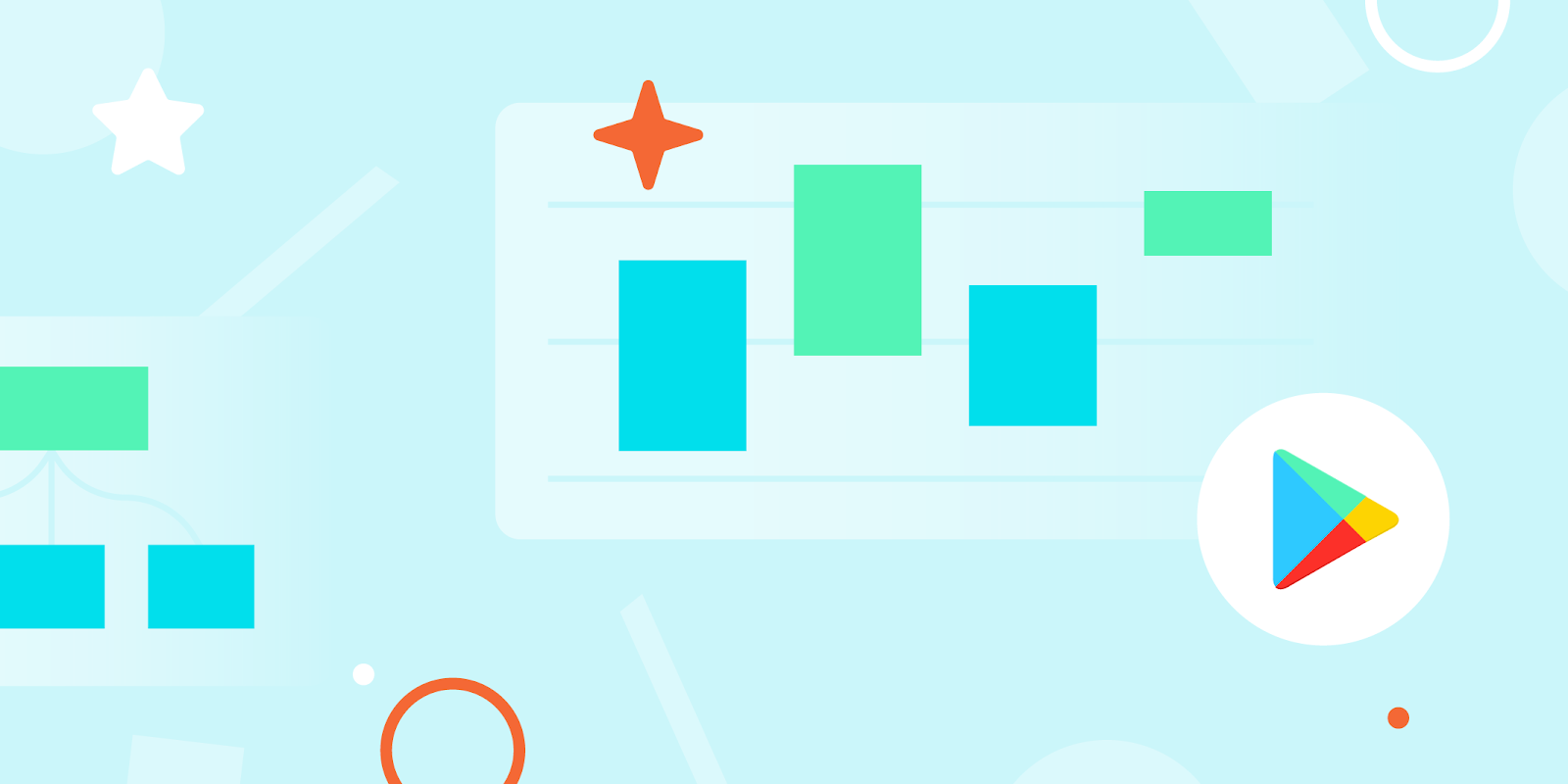 Posted by Kurt Williams, Product Manager, Google Play
Posted by Kurt Williams, Product Manager, Google Play

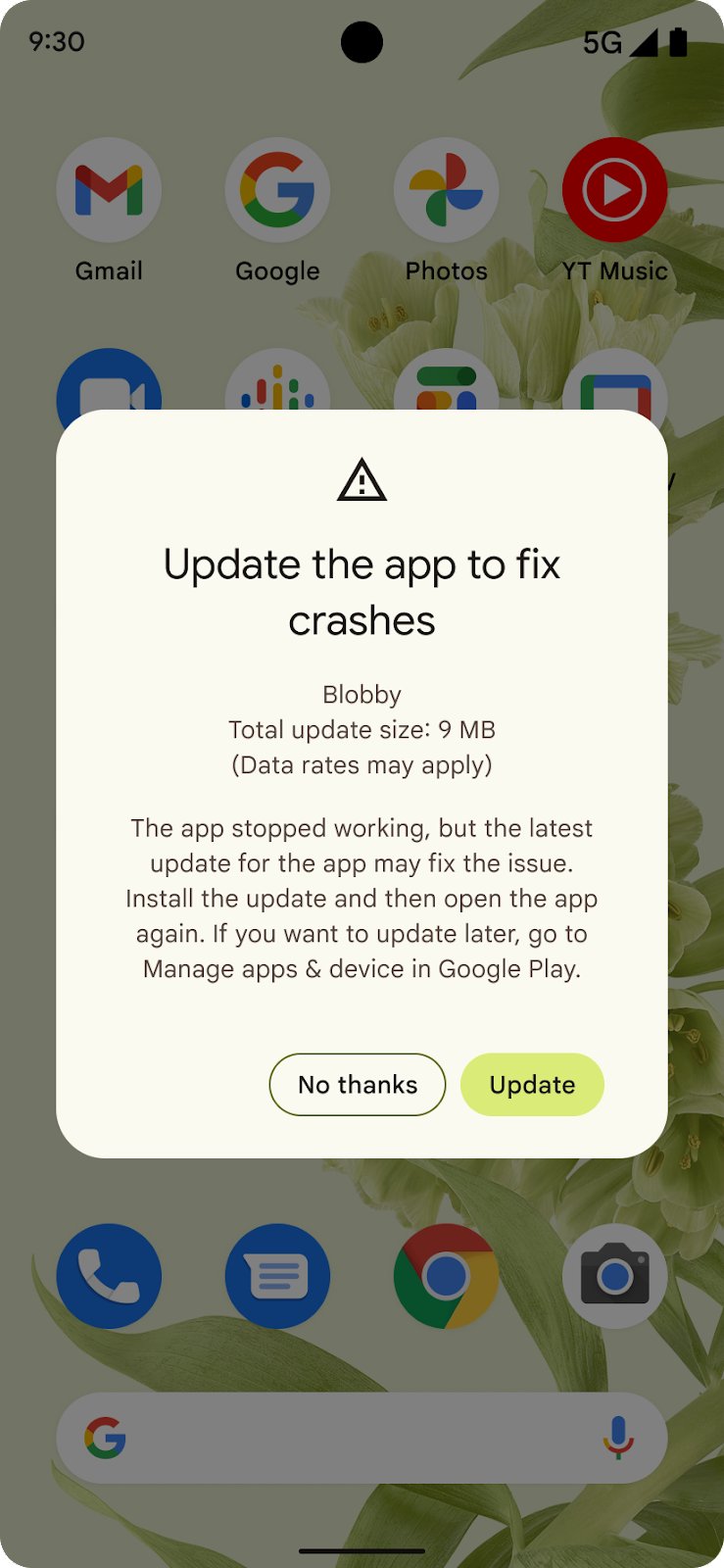
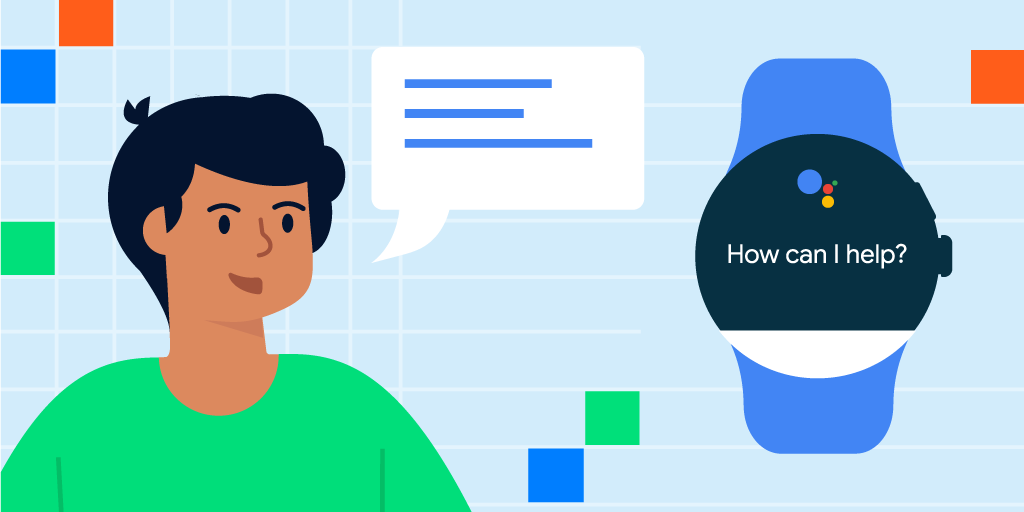 Posted by John Richardson, Partner Engineer
Posted by John Richardson, Partner Engineer


 Posted by
Posted by 







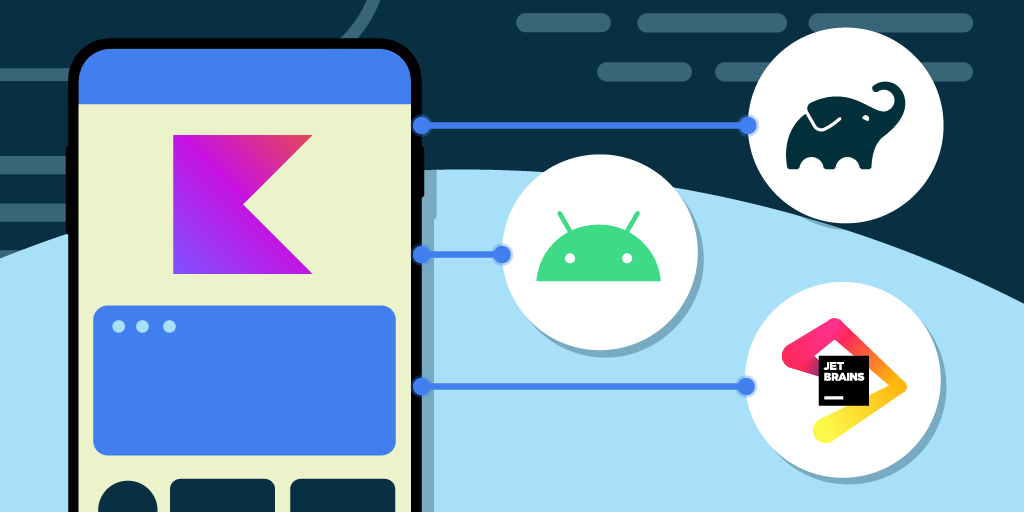 Posted by
Posted by 





 Posted by Brad Hinkel, Product Manager, Android Automotive Developer Platform
Posted by Brad Hinkel, Product Manager, Android Automotive Developer Platform



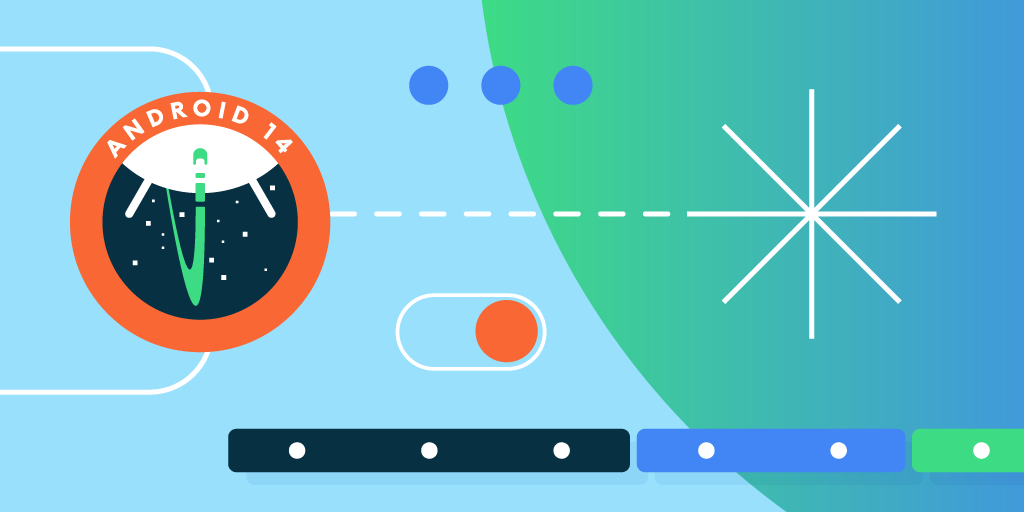 Posted by Dave Burke, VP of Engineering
Posted by Dave Burke, VP of Engineering


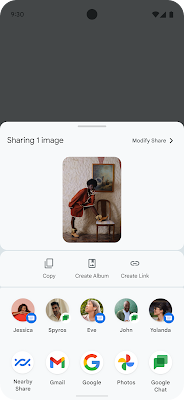


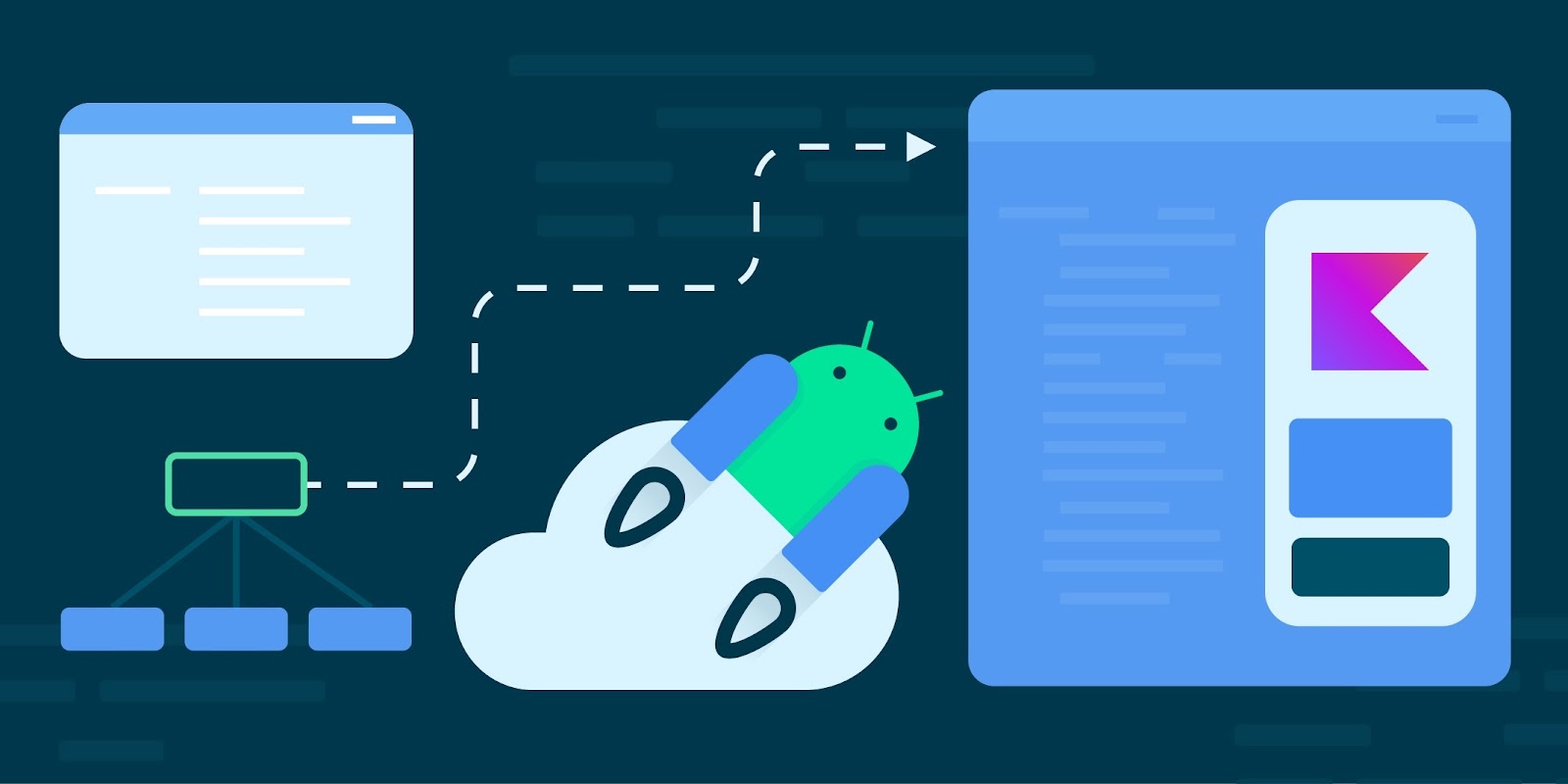 Posted by
Posted by 





